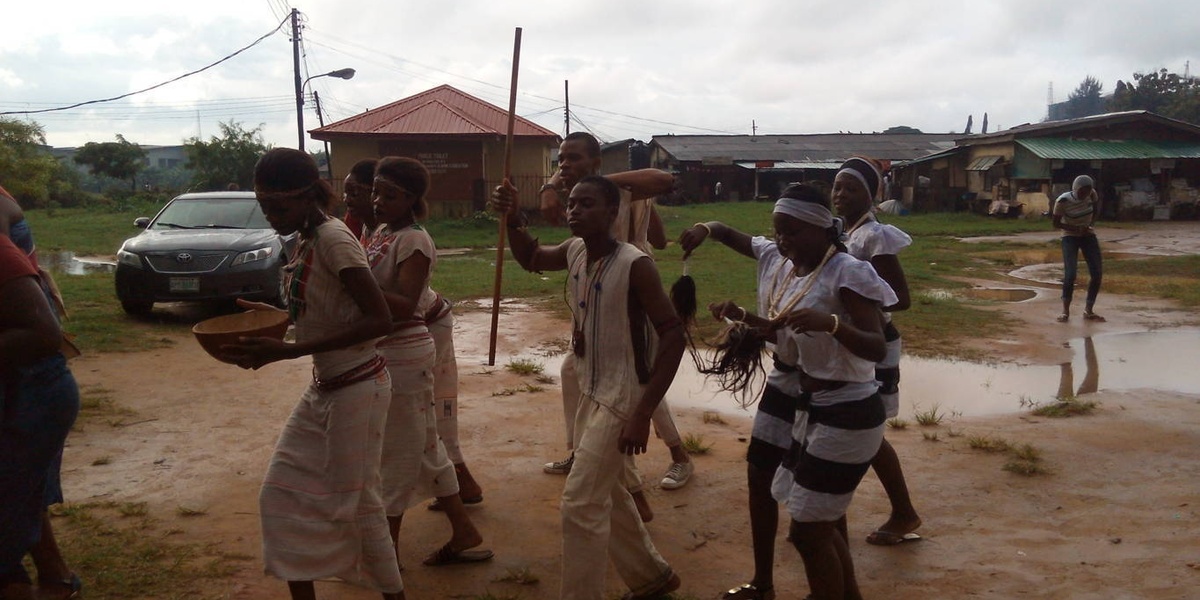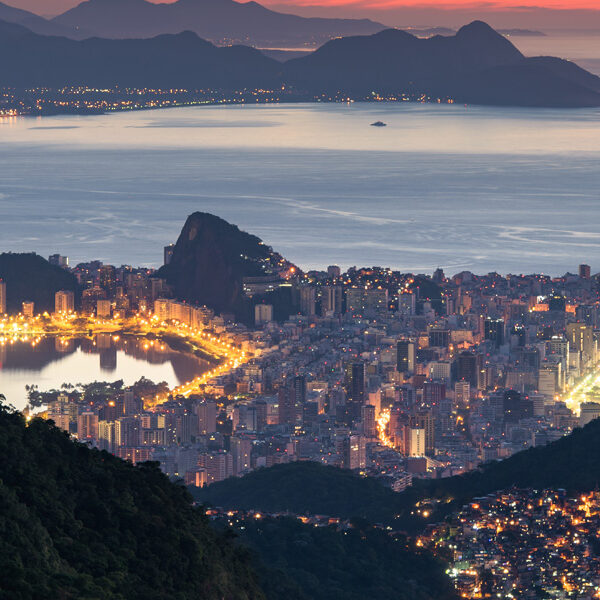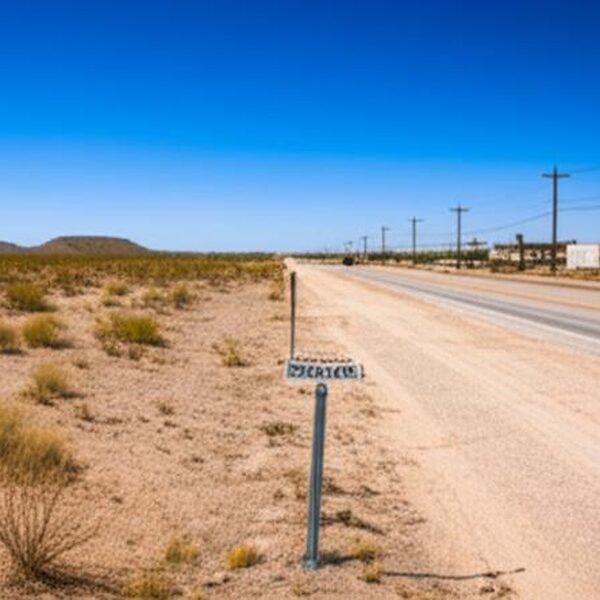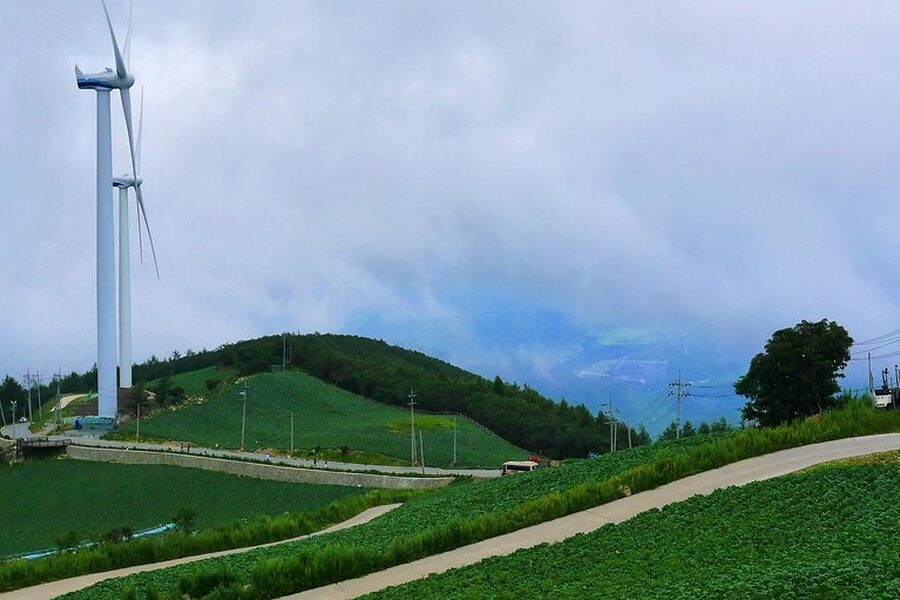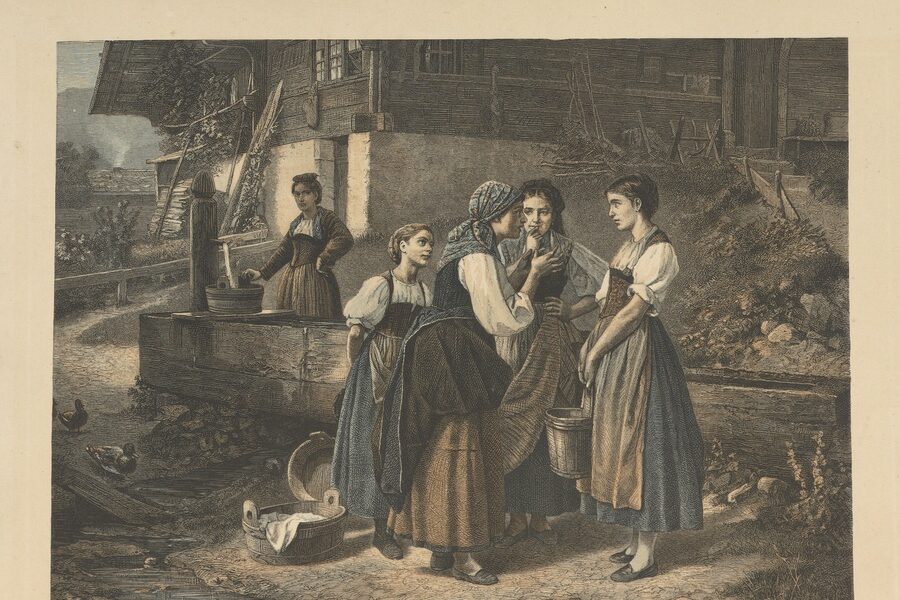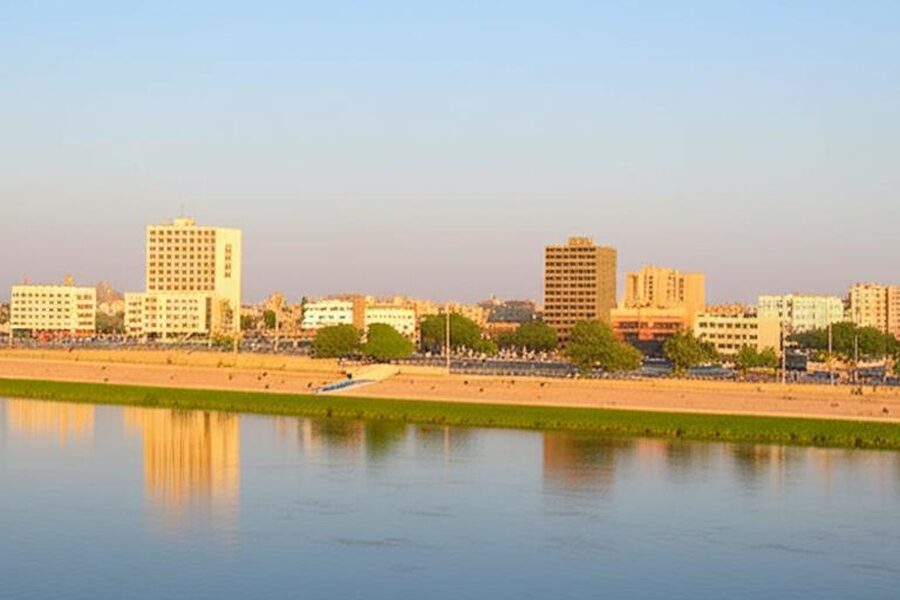Guinea, a nation on West Africa’s coast, is often celebrated for its vibrant landscapes and rich cultural tapestry. This diversity is deeply rooted in the various ethnic communities that call this country home, each contributing unique traditions, languages, and histories to the national identity.
To help you navigate this intricate cultural landscape, we’ve compiled a comprehensive overview. There are 17 Guinea Ethnic Groups represented, ranging from the coastal Baga to the widespread Susu. For each group, you’ll find key information such as their approximate population, primary regions of residence, and main language, all detailed in the list you’ll find below.
What are some of the main factors contributing to Guinea’s ethnic diversity?
Guinea’s significant ethnic diversity stems from its geographical position as a crossroads for various migrations over centuries, coupled with its diverse ecosystems. The country features coastal plains, mountainous regions, and savanna, each attracting different groups and fostering unique cultural developments. Historical factors, including pre-colonial kingdoms and trade routes, also played a crucial role in shaping the current distribution and interrelations of its numerous communities.
Guinea Ethnic Groups
| Ethnic Group | Population (approx.) | Primary Regions | Main Language |
|---|---|---|---|
| Fula | 5,200,000 | Fouta Djallon (Middle Guinea), cities | Pular |
| Mandinka | 3,800,000 | Upper Guinea (Kankan, Siguiri) | Maninka |
| Susu | 2,500,000 | Maritime Guinea (Conakry, Boké, Forécariah) | Susu |
| Kissi | 750,000 | Forest Guinea (Guéckédou, Kissidougou) | Kissi |
| Kpelle | 600,000 | Forest Guinea (Nzérékoré, Lola) | Kpelle |
| Loma | 300,000 | Forest Guinea (Macenta) | Loma |
| Konianké | 250,000 | Forest Guinea (Beyla, Nzérékoré) | Maninka (Konianké dialect) |
| Jalonké | 150,000 | Fouta Djallon, Upper Guinea (Faranah) | Yalunka |
| Diakhanké | 100,000 | Upper Guinea, Fouta Djallon (Gaoual, Koundara) | Diakhanké |
| Baga | 60,000 | Maritime Guinea (Boké, Boffa) | Baga |
| Mano | 40,000 | Forest Guinea (Lola) | Mano |
| Kono | 30,000 | Forest Guinea (near Sierra Leone border) | Kono |
| Landouma | 25,000 | Maritime Guinea (Boké) | Landoma |
| Mikhiforé | 20,000 | Upper Guinea (Dinguiraye, Siguiri) | Mikhiforé |
| Nalu | 20,000 | Maritime Guinea (Boké) | Nalu |
| Bassari | 15,000 | Fouta Djallon foothills (Koundara) | Oniyan |
| Koniagui | 5,000 | Fouta Djallon foothills (Youkounkoun) | Wamey |
Images and Descriptions
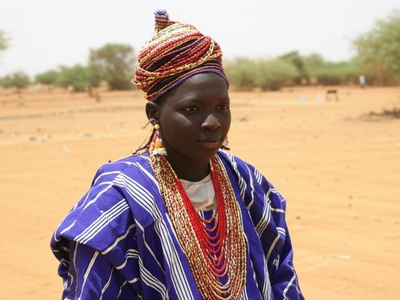
Fula
Traditionally semi-nomadic cattle herders, the Fula are known for their influential Islamic history in the Fouta Djallon region, rich oral poetry, and distinctive cultural emphasis on reserve and beauty.
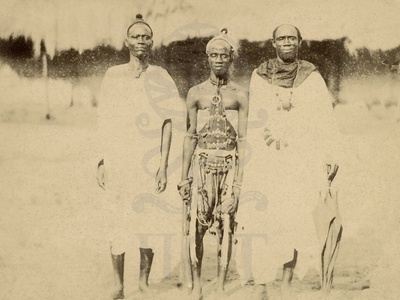
Mandinka
Descendants of the great Mali Empire, the Mandinka have a powerful heritage as warriors and farmers. They are celebrated for their griot (jali) tradition, preserving epic histories through music.
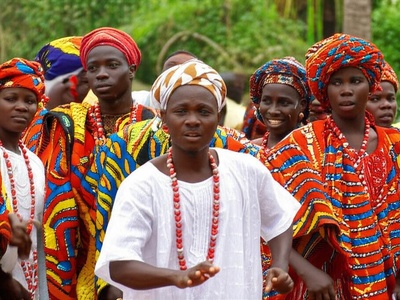
Susu
Dominant in the coastal region and capital, the Susu are influential traders and farmers. Their language is a lingua franca in Conakry, and they are known for their vibrant drumming and dance traditions.
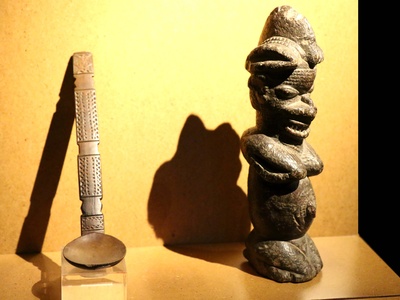
Kissi
An ancient agricultural people from the forest region, the Kissi are known for their expertise in rice cultivation. Historically, they crafted unique iron rod currency known as “Kissi pennies.”
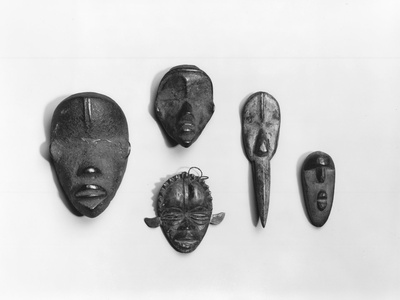
Kpelle
A major group in the forested south, the Kpelle are primarily farmers. Their society is traditionally governed by the powerful Poro (for men) and Sande (for women) secret societies.
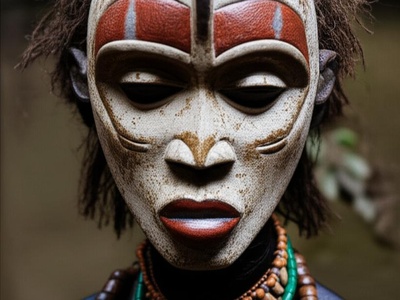
Loma
Living in the mountainous forest region, the Loma are known for their striking masks and spiritual traditions. Like their neighbors, their social life is heavily shaped by the Poro and Sande societies.
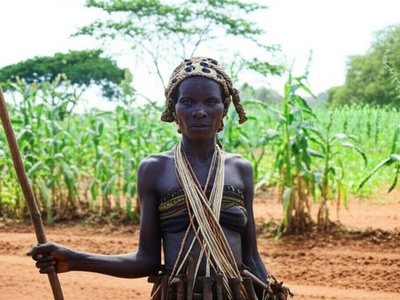
Konianké
A Malinké-related group that adapted to the forest environment, blending savanna and forest cultures. They are respected as skilled farmers, hunters, and traders in the region.
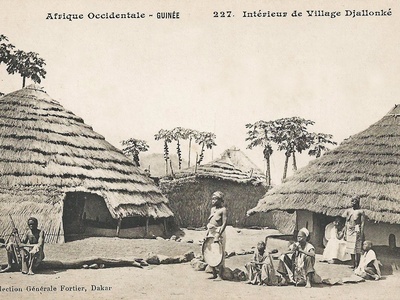
Jalonké
Considered the original Mande inhabitants of the Fouta Djallon highlands before the Fula arrival. They are mainly farmers who have preserved a strong sense of their pre-Islamic history and culture.
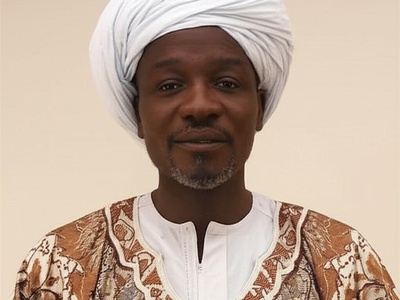
Diakhanké
Famed across West Africa as a diaspora of peaceful Islamic scholars, clerics, and traders. They established important centers of learning and are highly respected for their piety and scholarship.
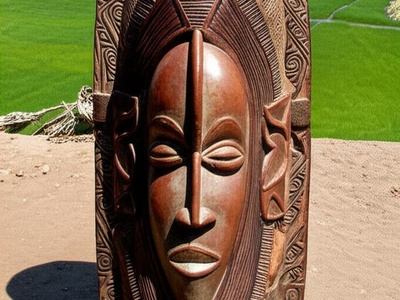
Baga
A coastal people renowned for their extraordinary artistic traditions, particularly the massive Nimba shoulder masks representing fertility. They are skilled rice cultivators in the coastal wetlands.

Mano
Inhabiting the border region with Liberia, the Mano are farmers known for their masquerades and social structure influenced by Poro and Sande societies, sharing cultural traits with the Dan people.
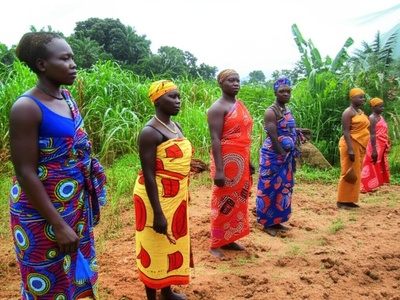
Kono
Primarily farmers and traditionally diamond miners, the Kono share close ethnic and linguistic ties with the larger Kono population in neighboring Sierra Leone. Their culture is rich in folklore.
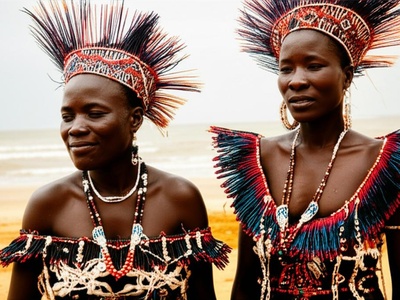
Landouma
A coastal group historically involved in trade between the interior and the Atlantic. They are closely related to the Baga and Temne peoples and maintain a rich tradition of oral history.
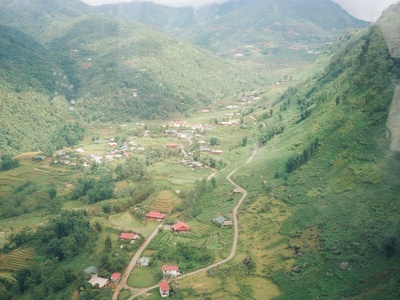
Mikhiforé
A Mande-speaking agricultural community in Upper Guinea. They are recognized for their distinct farming techniques and social organization, maintaining a separate identity from their larger Malinké neighbors.
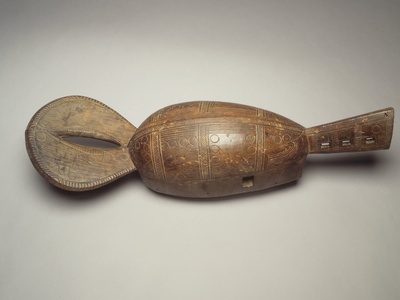
Nalu
Living along the northern coast and islands, the Nalu are an ancient coastal group known for their rice farming. They share artistic traditions with the Baga, including impressive mask designs.
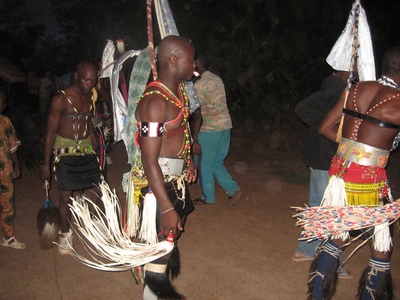
Bassari
Living in the hills bordering Senegal, the Bassari maintain strong animist traditions and are known for their spectacular initiation ceremonies. Their culture is deeply connected to the natural world.
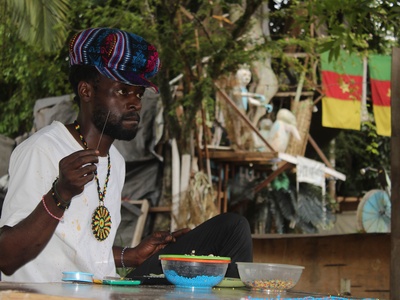
Koniagui
A small, resilient group living in the remote Fouta Djallon foothills. They are known for fiercely preserving their traditional beliefs, distinct customs, and social structures against outside influence.

